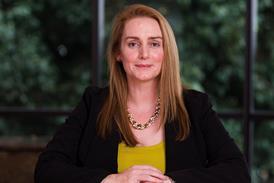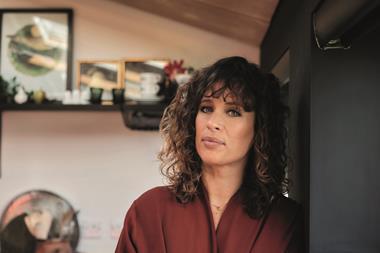In building design, inclusion has tended to refer to removing physical barriers to make buildings and spaces accessible to as broad a range of people as possible.

This is obviously vital to boosting diversity and creating spaces that are fair, but we also need to ensure that our buildings are sensitive to mental health and neuro-diversity issues as well as other hidden disabilities.
In practical terms, how do we achieve this?
The first step towards tackling the issue is to be aware of it. As the wellness agenda gains traction and mental health campaigns are given more prominence, built environment professionals will be expected to understand how the design of spaces can promote healthy minds as well as bodies.
Many people find the modern workplace to be a challenging environment: the bustle and activity of open floorplates, while great for fostering collaboration, can be a great hindrance to those with autism and other neurological and mental health conditions.

These conditions can make it virtually impossible to work in a conventional office. It is the job of forward-thinking designers and occupiers to change the definition of inclusivity, broadening its scope while not affecting the vitality of interior designs.
“It is the job of forward-thinking designers and occupiers to change the definition of inclusivity”
We have started working with neuro-diversity experts from the onset of projects, which shapes how we approach space design. We started by putting ourselves in others’ shoes, using virtual reality headsets to replicate how people with different neurological conditions experience space.
This bewildering and uncomfortable experience showed how disruptive specific design features are to some and shaped the design of the internal spaces.
Calmer spaces
This heightened sensitivity to how different people see the world means that we must carefully consider how colours are used, particularly contrasting tones that affect some people’s concentration.
This feeds into a project’s graphics and wayfinding strategy, and challenges us to think more creatively not just about colour but about how maps and symbols are used. This invaluable user feedback allows us to design spaces that promote good mental health while still being exciting spaces to use.
When creating a variety of spaces, use of non-flickering LED lamps and a drop in lighting levels, compared to BCO standards, can evoke a more comfortable, domestic feel, while dimmable lights within the quiet booths can cater for personal preferences and disabilities.
When discussing workplaces, we talk about the team dynamics, underpinned by collaboration, sharing and interaction.

But workplace designers also have a responsibility to the individual and how they interact with spaces: offices’ often intensely social atmosphere is likely to be overwhelming for prospective recruits with anxiety or a neurological condition, meaning that working in a conventional workplace is not an option for them.
But imagine if that individual had an alternative way of experiencing the office, giving them a choice of how to move around the building, and quiet zones where they could work in silence. The choice between open and closed spaces – and informed design decisions – could unlock huge potential and make better spaces for everyone.
To stay updated on the latest workplace health trends, follow @Mitchell_Labiak
Workplace design has already acknowledged that one size does not fit all, with an increasing range of spaces that allow people to choose where and how they work creating a genuine choice between the bustle of open-plan working and calmer spaces that people need to focus and decompress.
With choice and variety now high on the agenda, it is an opportune moment to drive social change through thoughtful, high-quality design, enabling a higher number of people with disabilities to thrive in an office environment.






























No comments yet